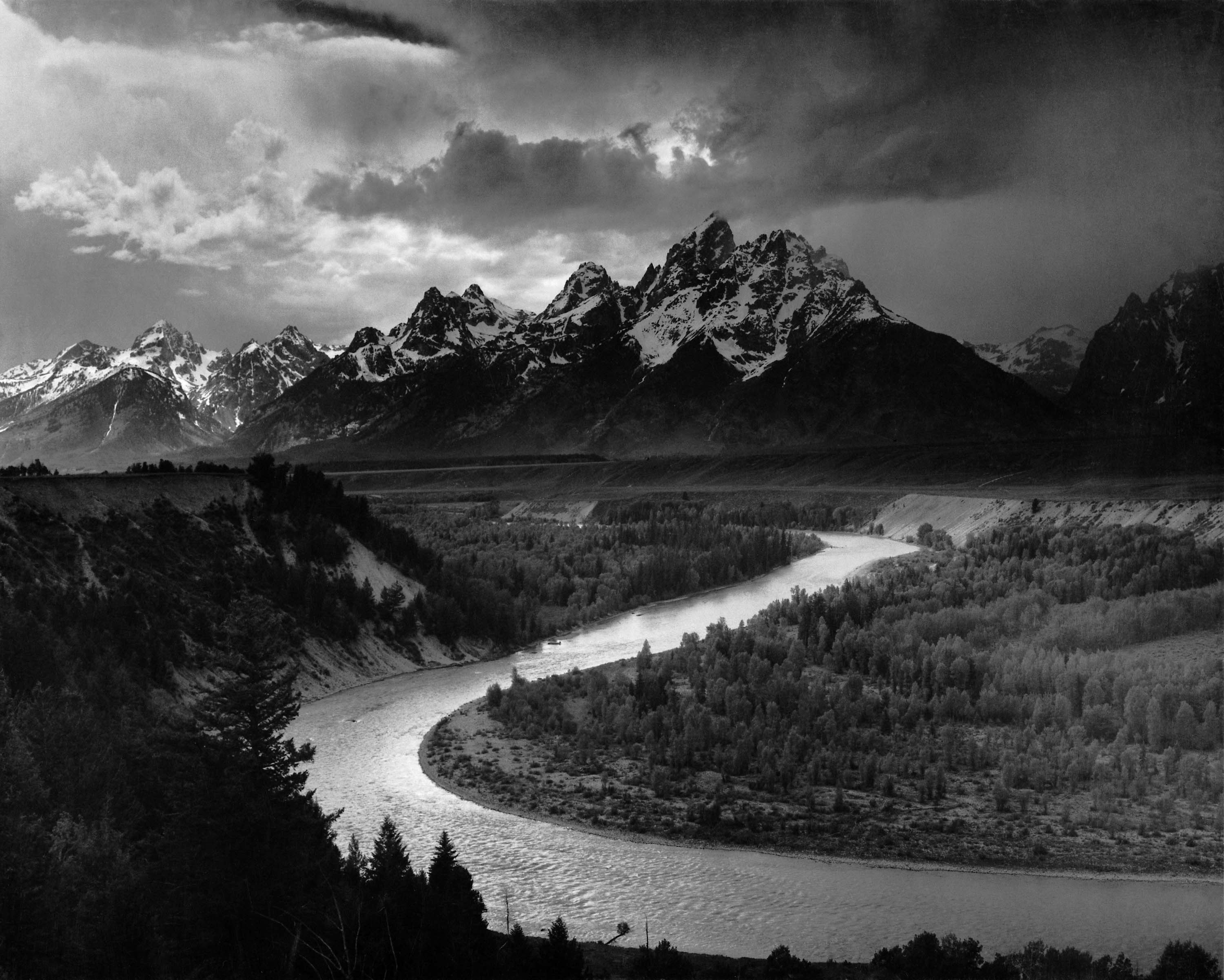>
I am making this day #4 of ‘Photography Week’ at the Napkin Dad Daily
There has been a debate within the photography world ever since the advent of the digital camera and software such as Photoshop that can be used to work on photographs.
The debate is between ‘purists’ those who believe what comes straight out of the camera is the final product and any manipulation of it after the fact is a no no. If one does manipulate the image, then it is an indication of them being an inferior photographer since they should have been able to get it right while taking the photo. This is true for cropping, color, tonal range, hue & saturation and most any other element within the photo.
The other side has the ‘manipulators’. They believe that there is nothing wrong with working on an image in a software program. Any and all things that can be done to a photo is allowed, all that matters is what does it look like in the end. The method by which that end result is achieved isn’t important. The photographer that settles for a boring photograph out of a principle that says it has to stay in it’s ‘natural’ state is missing the point of image making.
So, I can guess you probably realize that I fall on the side of the manipulators. I have good company, by the way. The author of this quote is THE single most famous photographer, EVER. He was a master of the utmost degree. He is so popular that he has become a cliche. And to be honest I disliked his work for many years for that exact reason. All I saw were the cliche, famous images that were so over publicized as to have no visual value to me at all. I thought of him as the easy listening photographer. Boring.
Then I saw two exhibits of his work and read up on him and his efforts over many years. I was utterly and completely blown away by his range of images, his work ethic, his philosophical progression and his character. In my investigation I realized that this person who so many saw as the premier example of ‘the purist’ was actually the master manipulator.
He worked in film, not digital, but his manipulations were no less extensive. His ability to bring out the essence of a scene came not just from his taking the photo at the right time and knowing his technique, but in working within the darkroom, dodging; burning, picking the right developer, the right paper, the right temperature, the right timing.
I am glad to have Ansel Adams beside me in the manipulator camp.
Here are a few of his less well known images.
 |
| The Tetons and The Snake River – 1942 |
 |
| Freeway Interchange – 1967 |
 |
| Sand Cove – 1944 |

